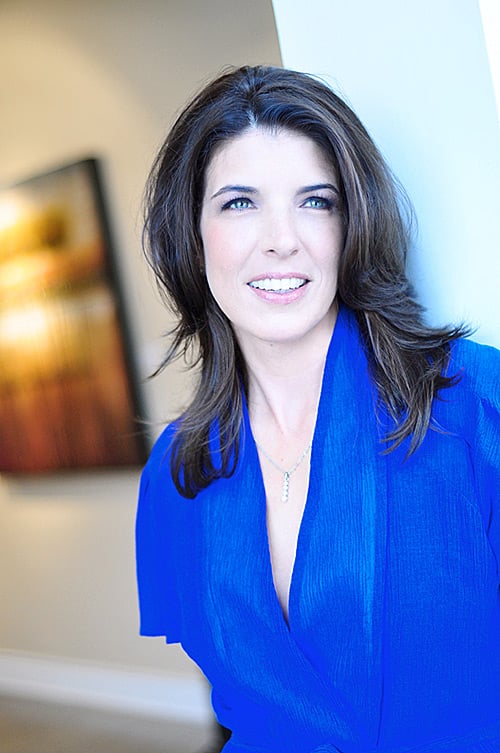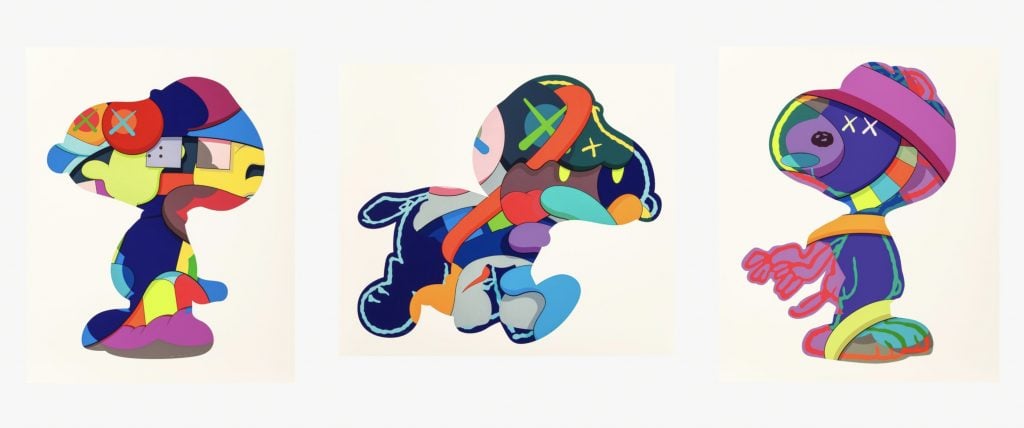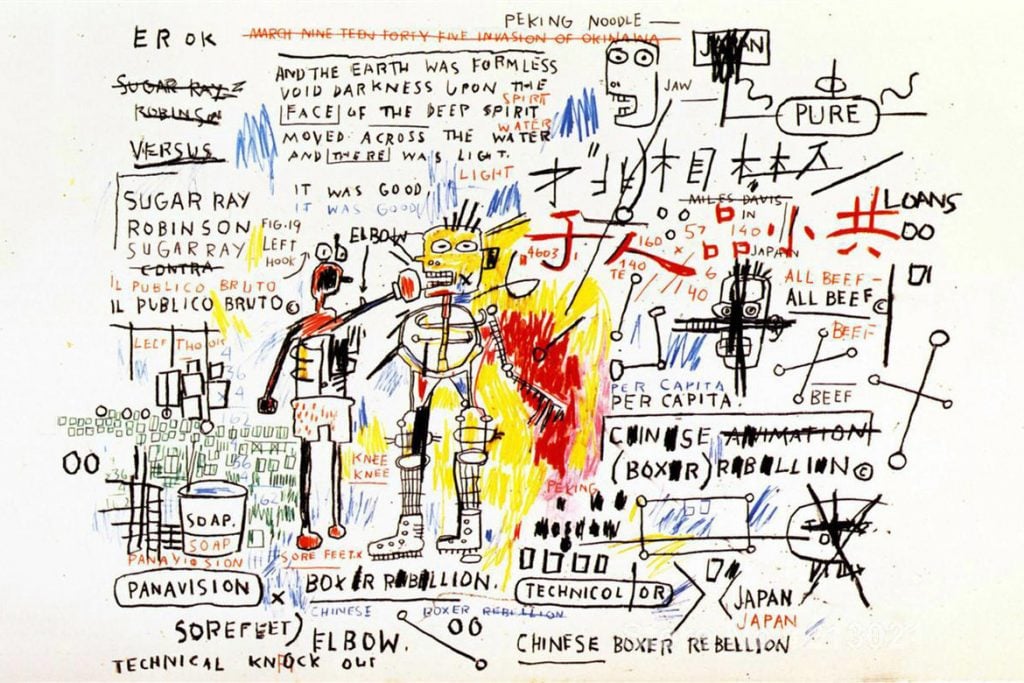Austin’s Star Art Dealer Lisa Russell on How She Went From Selling Rembrandt to Banksy


Artnet Gallery Network

Lisa Russell, the founder of Austin’s West Chelsea Contemporary Gallery (formerly the Russell Collection), is nothing if not adaptable—and it’s a skill that has served her gallery well, too.
This month, the small gallery she founded selling Old Master works in 2002, will have just finished a renovation on an 8,000-square-foot space in downtown Austin. “From Concrete to Canvas,” an appropriately splashy exhibition of street artworks by popular artists including Keith Haring, Banksy, Retina, and CRASH, will inaugurate the revamped space later this year.
We recently caught up with Russell to reflect on her gallery’s transformation and success over the years.

KAWS, No One’s Home, Stay Steady, The Things That Comfort) (Set of three works (2015). Courtesy of West Chelsea Contemporary.
How did you first get into the world of art dealing?
I have known since I was a little girl that I wanted to work in sales, so to speak. And I knew that I wanted to be in the business of selling something that made people happy. I would play shop at my house. My mother was an interior designer and her office was in our home. Whenever her clients would come, I’d have a whole store set up in my bedroom. Her clients would come in and pretend to buy these little things using the monopoly money that I left outside my door. I just wanted to be in business and I knew at some point I would be an entrepreneur. But my grandmother was an artist, my mother was an interior designer, and my father a collector. My mother works In Beverly Hills and I would get to see amazing art and in amazing homes, which is all to say, I fell in love with art at a young age.
When I moved to Austin in 2000, I had just graduated with my MBA and I interviewed for all kinds of jobs. I thought I wanted to go into marketing and I would be up against a hundred people for a job and get down to the last two and never get it. Out of frustration, I went home. My father was getting remarried and I went to have lunch with him. I started having this discussion about my frustration. And then the idea came up of, “Hey, what are the galleries like in Austin? You’ve always wanted to open up the store and you’d be selling something that you love.” I hadn’t even thought about that. In 2002, I came back to Austin and founded the gallery in its first location—at that time I was selling only Masters and Impressionists—Cassatt, Chagall, Matisse.
Now you primarily sell works by big-name street artists. How did that seemingly drastic change come about?
I had a lot of connections to the Masters world, but there was not an audience for that kind of art in Austin at the time. I slowly began to add in contemporary works. And over the years the Austin landscape was starting to grow downtown Austin with people moving in from New York and LA. I decided to move my gallery into a space downtown that was 2,500 square feet, twice the size of the first gallery space. Then my neighbor in the building moved out and I doubled it to 4,800 square feet. I was in that space for 11 years, then almost three years ago we moved into our 8,000 square foot gallery that we just renovated. And as the Austin art market has changed I have moved more and more into the world of contemporary art to meet our audience. We’re representing artists that we feel are pivotal to the current art market. This means everything from blue-chip to street art.
What is the most challenging part of running a gallery and what have been the biggest changes in the gallery market since you started?
Keeping the art relevant and staying on top of what’s happening in the art market is the biggest challenge: how are we going to provide people with value and excitement and to keep them coming back. As for changes in the art market, when I started 20 years ago, Rembrandt was hugely popular. I sold a lot of masterworks. Now, Banksy is the hottest thing on the market—and we’ve bought and sold some of those, and our new show “Concrete to Canvas” taps this nexus.

Jean-Michel Basquiat, Boxer Rebellion (2018). Courtesy of West Chelsea Contemporary.
What advice would you give to a first-time collector?
It might sound cliche but buy from the heart. Value goes up and down. People ask about investment and all of that. As wonderful a concept as that is, the art market is a roller coaster. Some artists are hot one year and some artists are hot the next. Eventually, over a period of time, our hope is that your purchase will be a worthy financial investment, but the biggest investment is creating joy in your life. And if a piece touches you emotionally and you feel like you would regret not buying it, then yes, you’re going to miss that feeling, then you shouldn’t pass on it. Recently, with everyone at home more often, a lot of my clients have called me and said: I’m tired of looking at this blank wall or this artwork isn’t bringing me the joy that I need right now, stuck at home, so what else do you have? Maybe people want something more brightly colored or maybe even a good background for video calls. It’s interesting how what happens in the world changes the way people view art.
What do you like most about being in the art world?
Being able to look at art every day, and the relationships that I’ve developed over the last 20 years. I’ve been able to meet a lot of important artists and people in the industry and that has had a powerful impact on the way I view art. It’s amazing to know that these people have become lifelong friends of mine.
If you were not an art dealer, what would you be doing?
That’s a very good question, and I’m not sure! I have two children and my daughter is an equestrian jumper. She started at four years old and her love of horses is remarkable. When I need just some time for me, these horses provide me with a moment of zen. They’re so powerful and so gentle at the same time. So I think I’d probably do something with horses, maybe buying and selling them. My daughter wants to be a trainer, so helping her build a business. I’d imagine something like that.